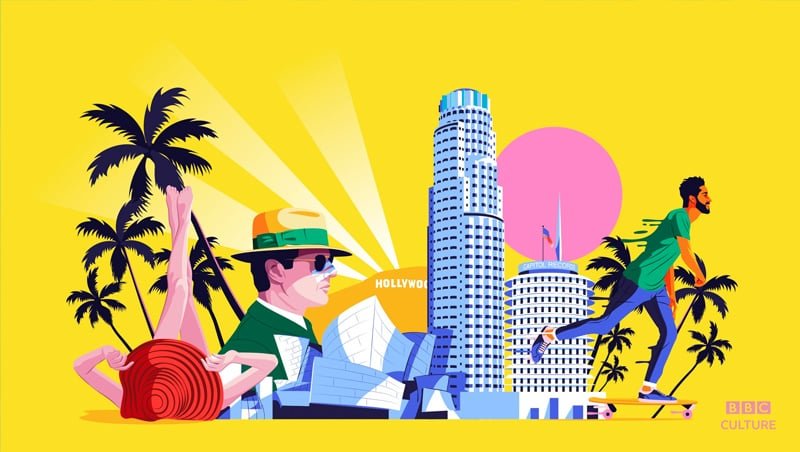Creating impactful editorial illustrations today is a powerful way to engage readers and communicate ideas. In the world of journalism, images often speak louder than words. Whether you are illustrating for a newspaper, magazine, or online publication, your goal is to make a visual statement that adds depth to the story. In this article, we’ll explore how to create illustrations that leave a lasting impact on your audience.
Understand the Story and Message
Before you start creating impactful editorial illustrations today, it’s important to understand the message of the article or editorial. The illustration should reflect the tone and themes of the piece. Whether the subject is serious, humorous, or thought-provoking, your artwork must align with the content.
Start by reading the article thoroughly. What is the main point the writer is trying to convey? What emotions or ideas should the illustration evoke? Understanding these aspects will help guide your design choices, such as color, style, and composition. When the illustration complements the written message, it creates a stronger and more memorable experience for the reader.
Focus on Simplicity and Clarity
One key to creating impactful editorial illustrations today is simplicity. A cluttered, overly complicated illustration can confuse the reader and detract from the message. Instead, aim for a design that communicates the core idea clearly and concisely. Use clean lines, bold shapes, and a limited color palette to focus the viewer’s attention on the main elements.
When designing an editorial illustration, avoid unnecessary details. Think of your illustration as a visual summary of the article—something that gets straight to the point. By keeping the image simple and easy to understand, you ensure that it will effectively support the story without overwhelming the reader.

Be Thoughtful About Composition
Composition plays a huge role in creating impactful editorial illustrations today. A well-composed illustration guides the viewer’s eye and emphasizes the most important elements. To achieve good composition, consider the following:
- Balance: Ensure that the visual weight of the illustration is evenly distributed. Avoid placing all the elements in one area, which can make the design feel lopsided.
- Focus: Use focal points to draw the viewer’s attention to key parts of the illustration. This could be a specific object, a figure, or a key action.
- Spacing: Give your illustration room to breathe by using negative space. Too much clutter can make the image feel crowded and distract from the message.
A strong composition helps make your illustration more impactful, creating a sense of harmony and clarity that resonates with the reader.
Use Symbols and Metaphors
Editorial illustrations often use symbols and metaphors to convey deeper meanings. By incorporating familiar symbols, you can make complex ideas easier to understand and add layers of meaning to your work. For example, a broken chain might represent freedom, or a rising sun could symbolize hope. These symbolic elements can strengthen the emotional connection between the illustration and the story.
When creating impactful editorial illustrations today, think about how you can use these symbols to express abstract concepts. Visual metaphors can communicate ideas more effectively than literal representations, making your illustration more engaging and thought-provoking.
Consider the Audience
The audience is always a crucial factor in creating impactful editorial illustrations today. Think about who will be viewing your work and what kind of reaction you want to provoke. For example, an illustration for a children’s magazine may use brighter colors and playful imagery, while an illustration for a serious political article might be more subdued and stylized.
Understanding your audience’s expectations and preferences allows you to tailor your illustration to resonate with them. Knowing the readership helps you make informed choices about tone, style, and subject matter, ensuring that your work has the desired impact.
Experiment with Different Styles
One of the exciting aspects of creating impactful editorial illustrations today is the freedom to experiment with different styles. Each editorial piece offers a unique opportunity to explore new techniques and visual approaches. You can try using hand-drawn sketches, digital illustrations, vector art, or mixed media to bring your ideas to life.
By experimenting with different styles, you can find the best approach for each individual project. Sometimes, a minimalist design will work best for a specific article, while other times, a detailed and vibrant illustration may be more appropriate. The key is to be flexible and adaptable, ensuring that the style you choose enhances the message you want to convey.
Stay True to Your Unique Style
While experimenting with different approaches is important, it’s also essential to develop and maintain your unique style. A distinct illustration style helps you stand out in a crowded field and makes your work instantly recognizable. Whether you prefer bold lines, muted tones, or intricate details, staying true to your artistic vision is key to creating impactful editorial illustrations today.
By developing your style, you create a signature that sets your work apart from others. Your personal touch will resonate with your audience, making your illustrations not only memorable but also meaningful.
Conclusion
Creating impactful editorial illustrations today requires a deep understanding of the story, a clear design, and a thoughtful approach. By focusing on simplicity, clarity, and composition, you can create illustrations that effectively communicate the message of the article. Experimenting with different styles, using symbols, and keeping your audience in mind will help you craft illustrations that leave a lasting impression.
Remember, the goal is to create visuals that engage and resonate with readers. Whether you are creating editorial cartoons, conceptual art, or infographic illustrations, the right image can enhance storytelling and deepen the reader’s connection to the story. With practice and dedication, you can master the art of creating impactful editorial illustrations.











